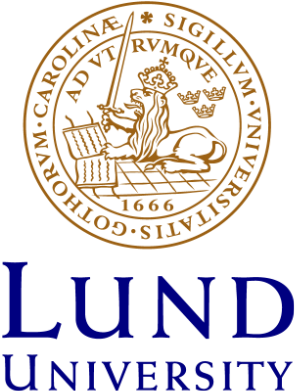Radially-Distorted Conjugate Translations
This paper introduces the first minimal solvers that jointly solve for affine-rectification and radial lens distortion from coplanar repeated patterns. Even with imagery from moderately distorted lenses, plane rectification using the pinhole camera model is inaccurate or invalid. The proposed solvers incorporate lens distortion into the camera model and extend accurate rectification to wide-angle
